SpaceX's Vision for a Mars City
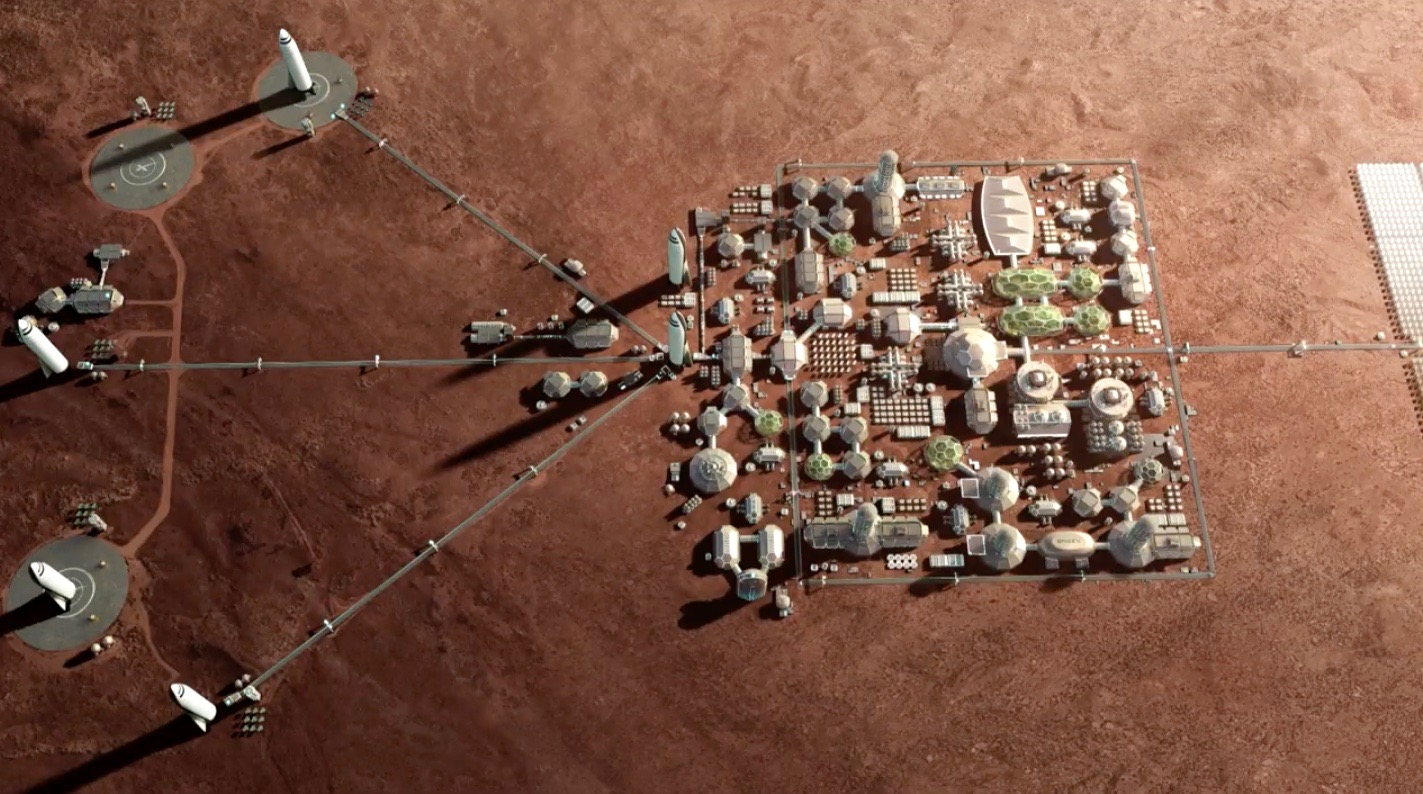
SpaceX aims to launch its first Mars cargo missions in 2022 and the first crews in 2024. If all goes according to plan, these first flights will plant the seeds of a permanent, sustainable city on the Red Planet.
SpaceX Mars Transportation Architecture

Diagram showing SpaceX's basic plan for launching cargo and people to Mars at an affordable price.
The BFR Is Indeed Big
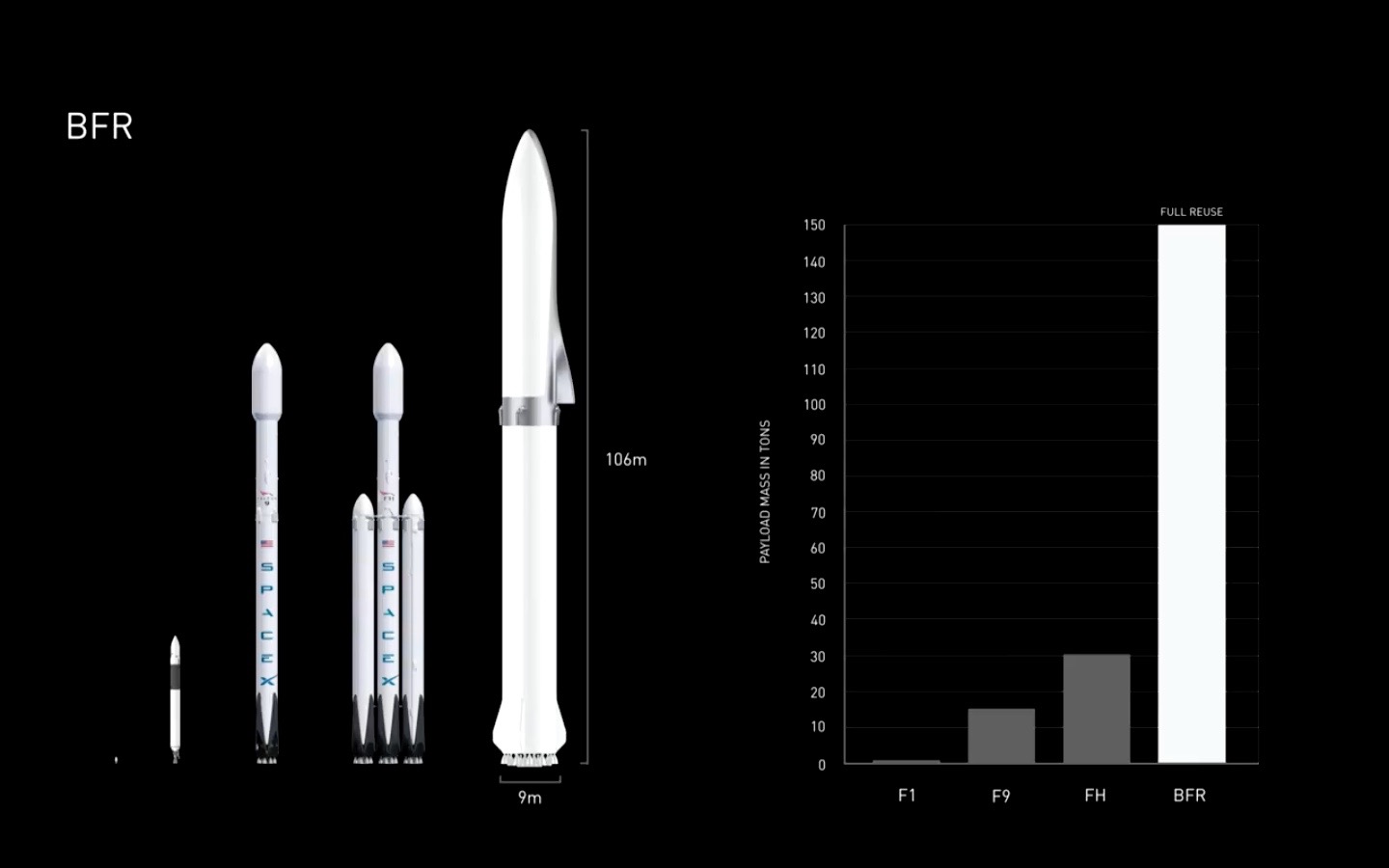
SpaceX’s envisioned BFR will be bigger and far more powerful than the company’s other rockets.
BFR from the Side
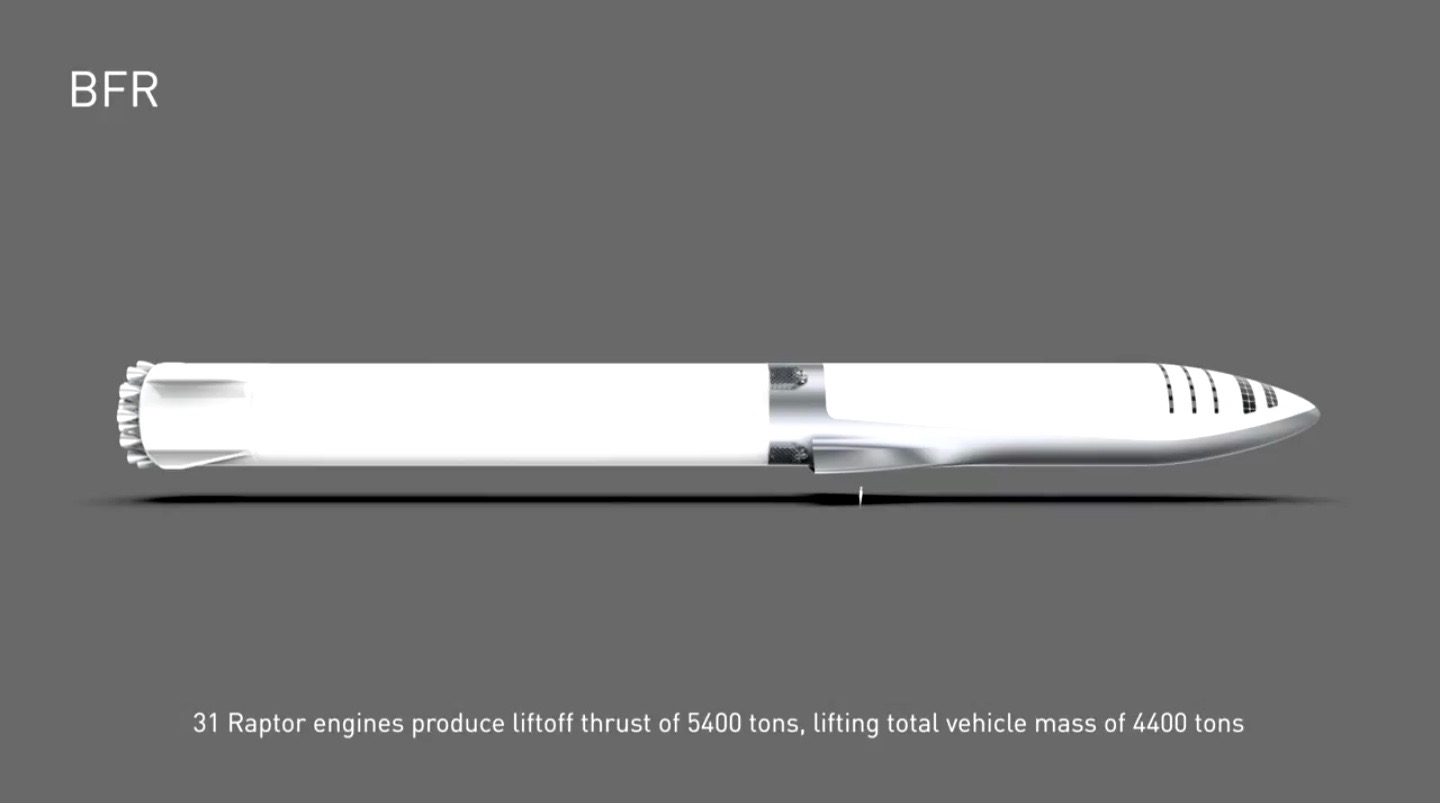
The BFR will be capable of lofting 150 tons of payload to low Earth orbit, SpaceX founder and CEO Elon Musk said.
BFR Spaceship: Top View
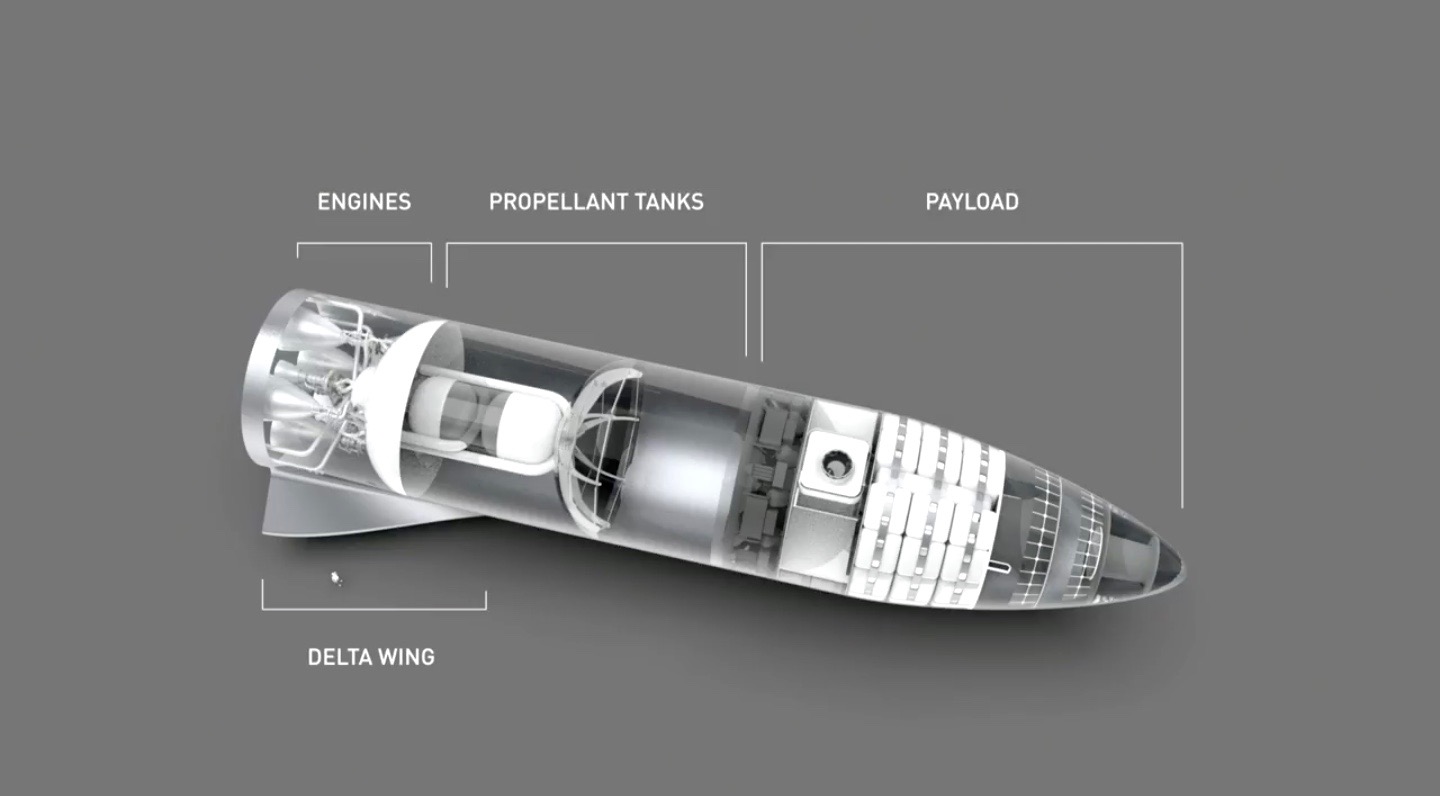
The BFR spaceship will feature 40 cabins, each of which will likely house two to three people on a typical Mars trip.
BFR Spaceship: Rear View
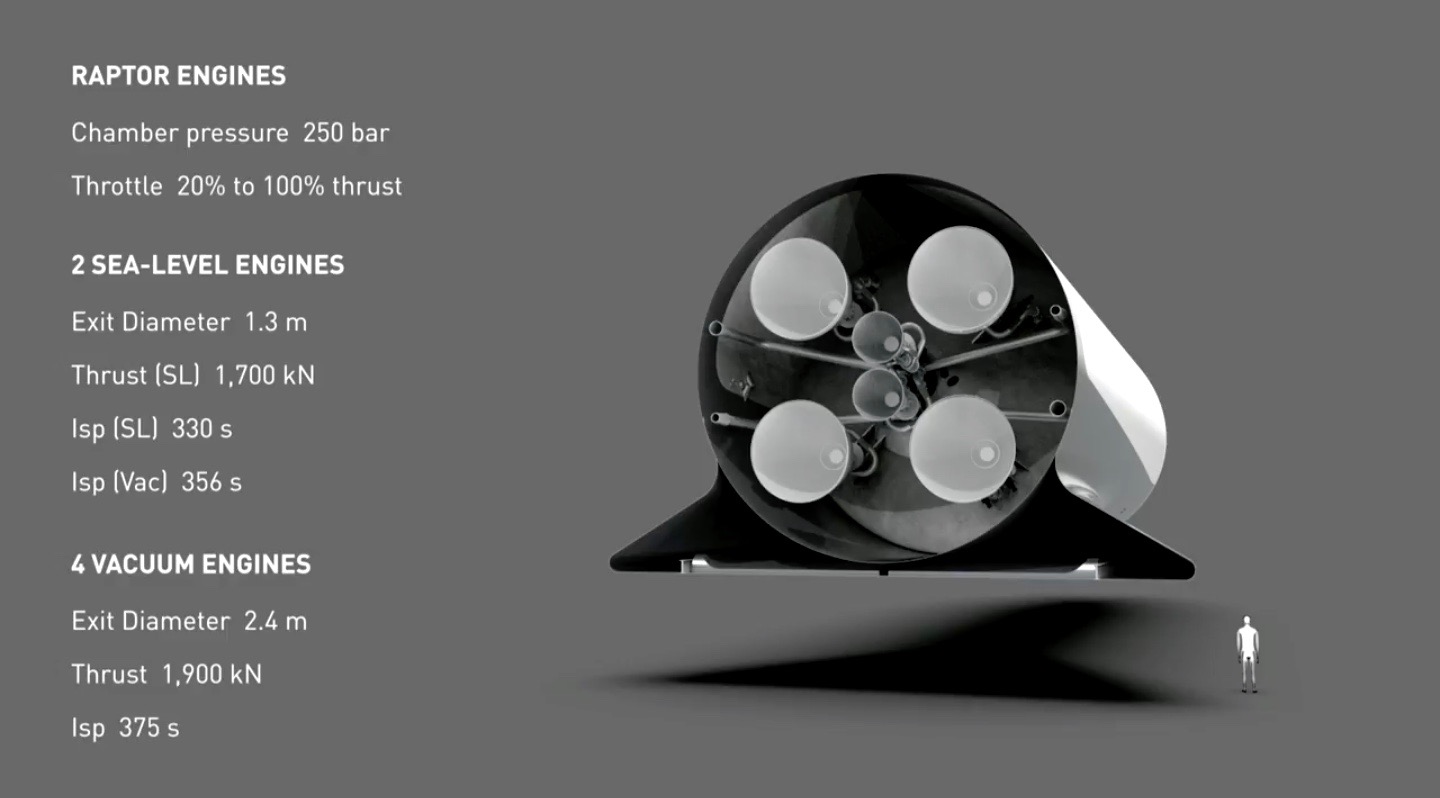
The BFR spaceship’s six Raptor engines will allow it to reach Mars after a journey of three to six months.
BFR Spaceships on the Moon

The BFR architecture isn’t Mars-specific; the system could help establish a base on the moon, Musk said.
Get the world’s most fascinating discoveries delivered straight to your inbox.
From Earth to the Moon

The BFR spaceship could make it from Earth orbit to the lunar surface and back again without needing to refuel, Musk said.
BFR Spaceship at the ISS

Artist’s illustration of the BFR spaceship docked at the International Space Station.
BFR Spaceship Deploying a Satellite

The BFR system will be able to launch very large satellites, Musk said.




